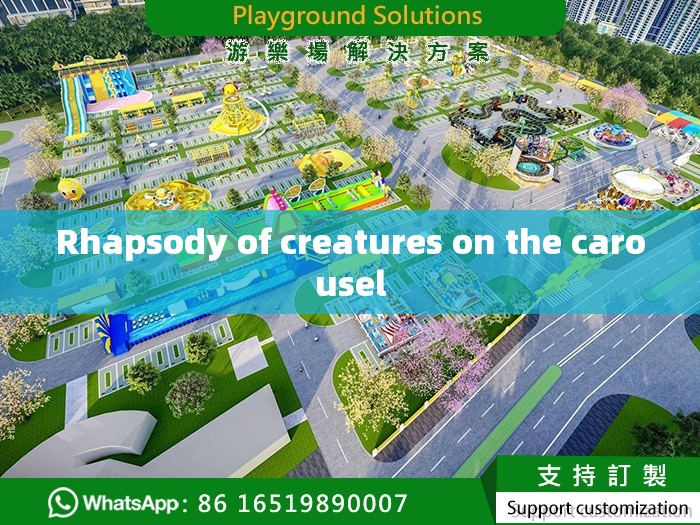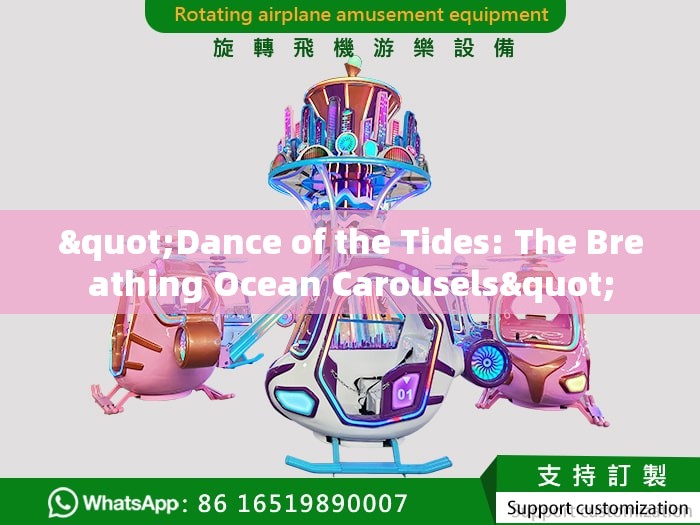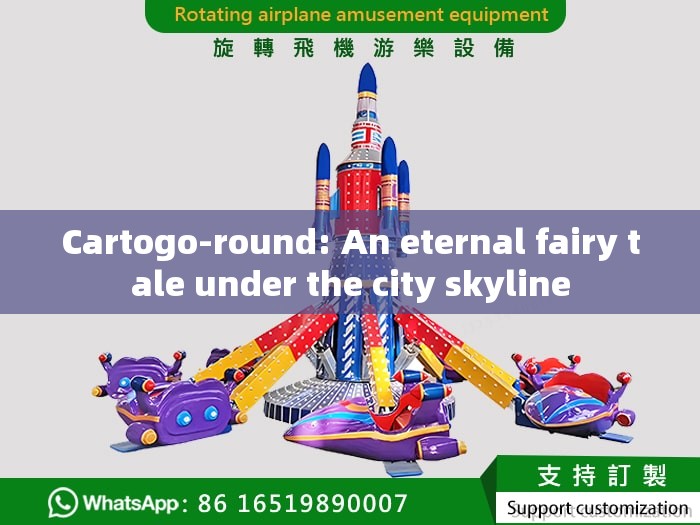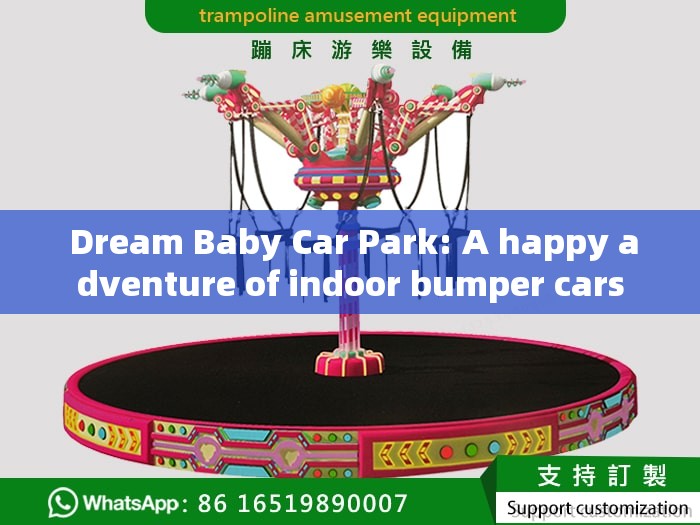In the colorful amusement park, the merry-go-round sings the joys of childhood, the roller coaster roars with exciting screams, and the Ferris wheel slowly rises, carrying the longing for the distance. However, in this sea of joy, a seemingly insignificant but crucial rule quietly exists-weight limits on rides. This regulation is like an invisible threshold that blocks some tourists from happiness and sparks many discussions about fairness, safety and design innovation.
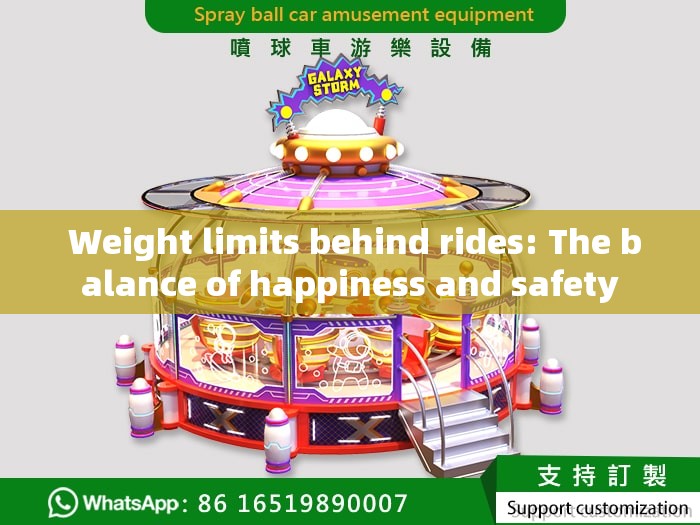
Weight limit is essentially a scientific setting of the carrying capacity of amusement facilities. Each type of amusement equipment needs to accurately calculate its mechanical structure, material strength and power system limits from the beginning of design. Excessive loads may lead to increased equipment wear, structural deformation and even safety accidents. Therefore, based on strict safety standards and engineering testing, park managers have set a weight limit to ensure that every visitor can enjoy fun in a safe environment.
However, this measure faces many challenges in practice. On the one hand, it has inadvertently become an obstacle in the hearts of larger tourists, making them feel ostracized and embarrassed when facing rides. On social media, voices of dissatisfaction about weight limits have sounded from time to time, calling for parks to be more inclusive and design amusement equipment to adapt to more body sizes. On the other hand, the park is also striving to find a balance between ensuring the bottom line of safety and expanding the scope of services as much as possible to meet the needs of more tourists.
In order to solve this problem, some amusement parks have begun to try the path of innovation. They introduced advanced materials science and engineering technology to develop rides that can withstand a wider weight range. For example, the use of reinforced alloys, intelligent sensing systems, etc. allows the device to dynamically adjust operating parameters based on the actual weight of passengers, ensuring safety while improving the experience. In addition, some parks have also launched "customized versions" of amusement projects, such as water floating devices, virtual reality experiences, etc. These projects are more inclusive of weight and provide new ways for tourists of different body sizes to enjoy happiness.
More importantly, through education and publicity, the park has gradually changed the public's stereotypes of weight limits. They stressed that this is not only a safety measure, but also a demonstration of responsibility to all tourists. The park regularly holds activities such as weight-friendly days and barrier-free facility experiences to encourage everyone to understand and support this regulation from a safety perspective and jointly create a more inclusive and harmonious play environment.
In short, although the weight limit of amusement facilities is a seemingly cold boundary, it actually contains deep concern for the safety of every tourist. With the advancement of technology and society, we have reason to believe that future amusement parks will be more diverse and inclusive, allowing everyone to find their own happiness and freedom in this happy world.


